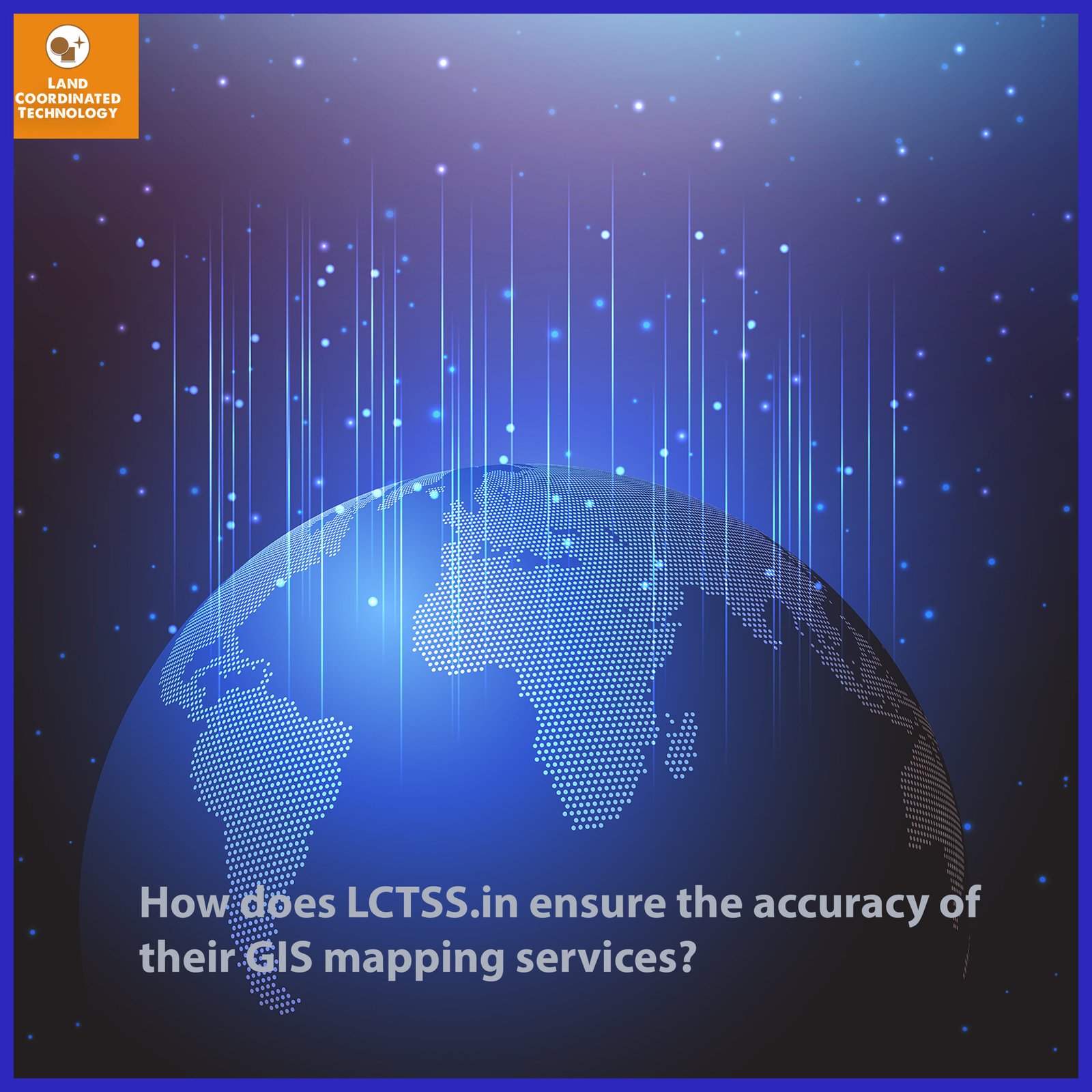




LCTSS.in ensures the accuracy of their GIS mapping services through several measures and best practices. Here are some ways they maintain accuracy:
By implementing these measures and practices, LCTSS.in strives to deliver GIS mapping services that are precise, reliable, and meet the specific requirements of their clients.
Certainly! In addition to the measures mentioned earlier, here are some more details about how LCTSS.in ensures accuracy in their GIS mapping services:
By implementing these strategies and maintaining a strong focus on accuracy, LCTSS.in aims to provide reliable and precise GIS mapping services to their clients. They prioritize the integrity of their data and strive to deliver high-quality geospatial solutions for various applications.